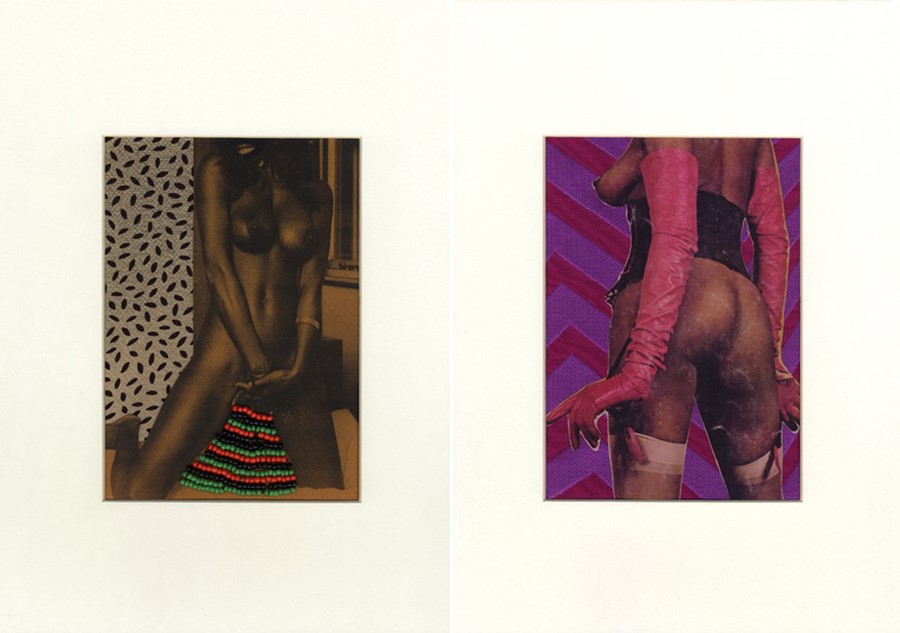Shattering the illusion of domestic bliss and deconstructing racial stereotypes are just two of the subjects explored in the powerful works of these contemporary collage pioneers
Since the beginning of culture as we know it, female artists have been innately connected to the tradition of reassembling fragments from the world around them to create artworks of their own – whether it be in stitching squares of fabric to create a sprawling patchwork quilt, or in weaving together stories from folklore to adapt and evolve fairytales to recount to children.
It is somewhat surprising then, that when early 20th century artists found themselves driven by the First World War to use whatever scraps of media they could get their hands on – from newspapers and photographs to propaganda posters – to create montages which, by their very nature, brimmed with political and satirical intent, female collage artists were few and far between. Dadaist Hannah Höch was one of collage's foremost pioneers and surrealist Eileen Agar made waves with her vibrant social critiques, but even with such icons paving the way, women remain under-represented in the world of collage. Here, we spotlight three of our favourite contemporary female collage artists exploiting the medium to potent socio-political effect.
1: Paula do Prado
Through works carried out in a variety of mixed media – including textiles, photography, text, painting – Australian artist Paula do Prado probes at racial, cultural and gender stereotypes, while questioning identity and authenticity in the process. Drawing on her Afro-Uruguayan heritage, her particular interest is, in her own words, the "representations of the brown female body, the ‘mulatta’ or ‘jezebel’, the half-caste of ambiguous origin whose outward appearance defies easy ethnic classification". This manifests itself in different ways: in one particularly poignant series Sepiasiren (2012), do Prado crafted 16 mixed media collages from paper, fabric, beading, acrylic and her own hair. Each work features a photocopied image from vintage adult magazine Sepia Sirens, catering for "the gentleman with more 'exotic' tastes", which the artist has then manipulated – covering faces with black paper and creating adorned backgrounds riffing on traditional African motifs.
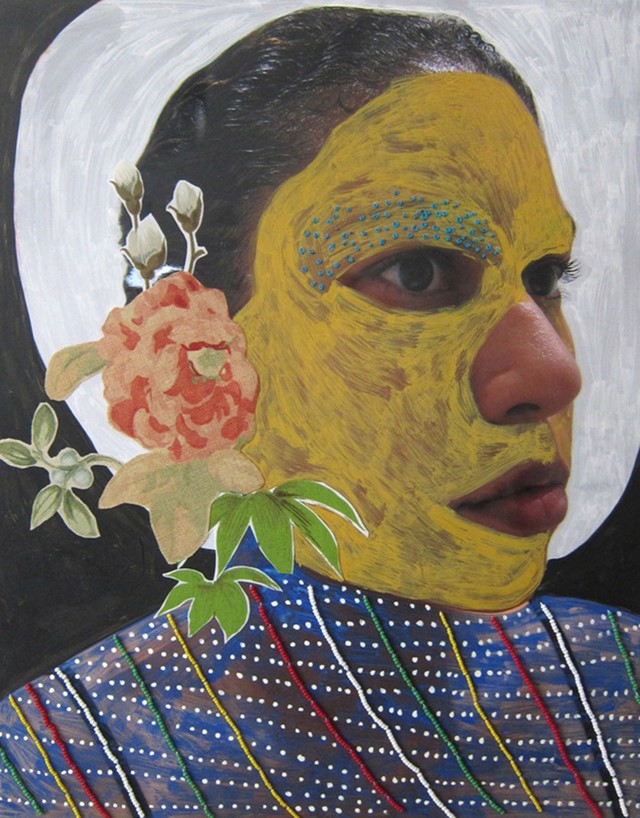
In her 2014 series Odalisque, do Prado engages with Orientalist images, particularly those by Matisse, Picasso and Gauguin all of which present a very much imaginary and idealised image of non-white women. Using collage, the artist remixes and re-frames "orientalist themes with a focus on the Odalisque variously depicted as a female slave, attendant or concubine." The most striking of these creations see do Prado painting, pasting and embellishing over her own self-portraits in imitation of such works. "Often these images of the Odalisque were entirely imagined," she explains. "Matisse for example created sets in his studio in Paris using distinctively white western female models in ‘Orientalist’ costume."
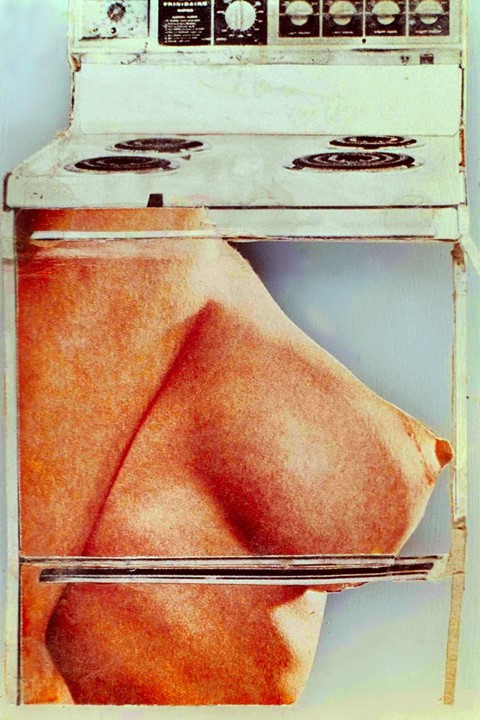
2: Martha Rosler
American artist and theorist Martha Rosler (b. 1943) works across many mediums, including video, installation and performance, but her most distinctive pieces are her arresting photomontages and photo-text works. Thematically, her art spans a broad range of topics, from everyday life and the media through architecture and the built environment, often approached from the female perspective – she is also a leading critical voice within contemporary feminist discourse. Most of her early collage work sought to deconstruct the representation of women in the mass media, as well as the domestic expectations placed upon them. Her photomontages in the 1960s, for example, often merged magazine photography with depictions of ideal homes to disjointed effect, highlighting the disconnect between the two and shattering the illusion of domestic bliss. While in works like Cold Meat I, Cold Meat II and Hot Meat, female torsos blend with kitchen appliances, linking the frequently commodified female flesh to the preparation and consumption of food.
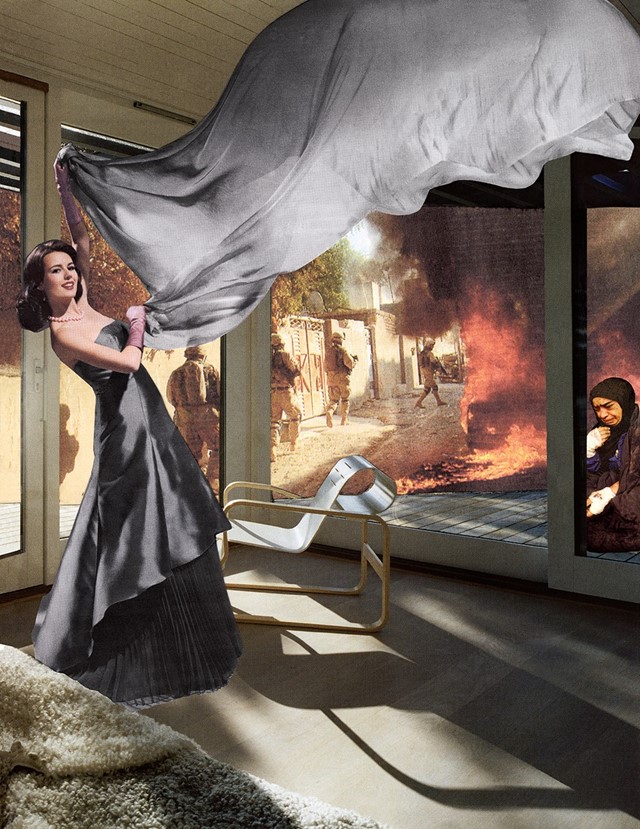
For many years, Rosler has also created photomontages centred on war and the national security climate, marrying American life with the conduct of war abroad to startling, highly evocative effect; glamorous women lounge in pristine domestic interiors, while beyond the stylish glass walls, conflict rages and civilians cower. "I want to open a space in people’s minds where they see that they can be active, intellectually and personally, rather than passive recipients of received ideas and prevailing worldviews," she told artnet News of her artistic intent. "It is not answers I hope to provide but questions, questions for people to take home and think about."
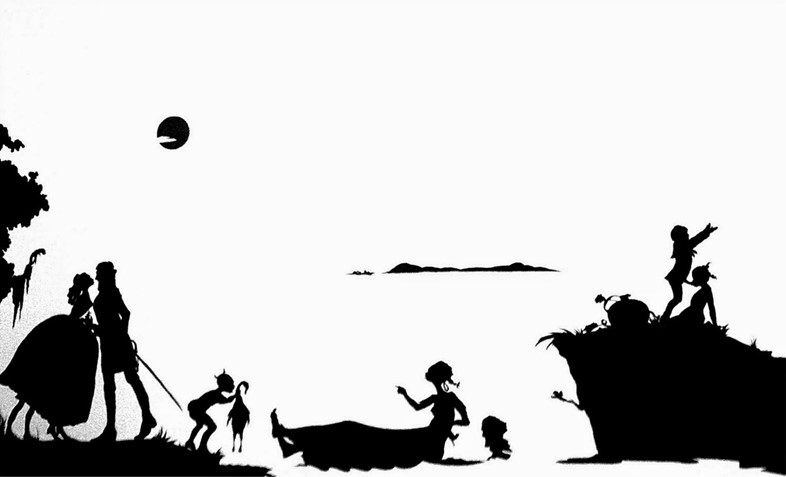
3: Kara Walker
African American artist Kara Walker (b. 1969) is a painter and collage artist whose uncompromising, frequently provocative work probes at themes of race and gender, examining the atrocities of the past and the ongoing tensions that still exist in the United States today. Arguably her most famous works are those carried out in paper, featuring black cut-out silhouettes placed on vast, white tableaux, the overall effect evocative of shadow puppetry. Infused with a Goya-esque nightmarish quality, often underscored by a dark humour, her panoramic friezes frequently borrow from historical textbooks to mirror the stereotypical ways in which African Americans were depicted in the antebellum south – with exaggerated features and engaged in extreme acts of violence or sexual explicitness. Walker's use of silhouettes subverts what was originally a genteel tradition in American art history, reserved for family portraits and book illustrations, using it to poke holes in the romanticised vision of America's past (and indeed present).
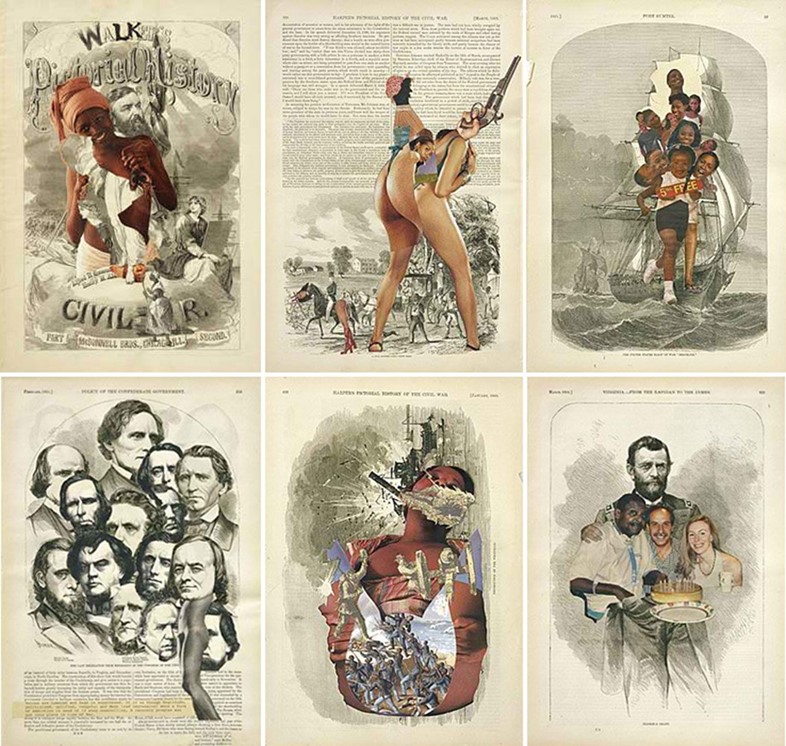
To this day a distinct hierarchy exists in much of America whereby white males sit firmly at the top, and black females at the bottom, something which Walker makes it her mission to confront, not just in the silhouette works but also via more traditional collaging methods using text and imagery. In both circumstances her cut-outs are beautiful and intellectual in their realisation while being self-consciously unsettling, their purpose (in Walker's words) to address the "soft focus" lens through which modern Americans view racism and their avoidance of "the confluence of disgust and desire and voluptuousness that are all wrapped up [within it]." "[My art] makes people queasy," she said in an interview with The Guardian. "And I like that queasy feeling."
